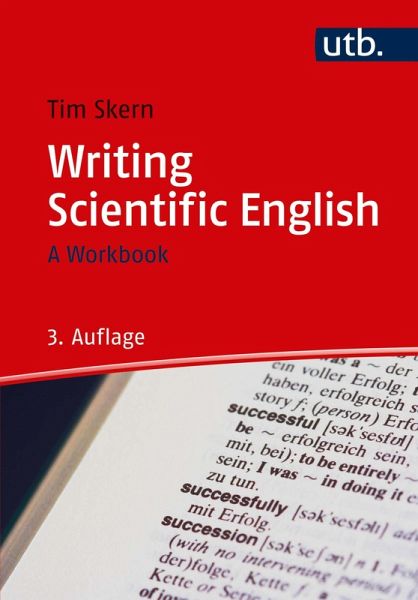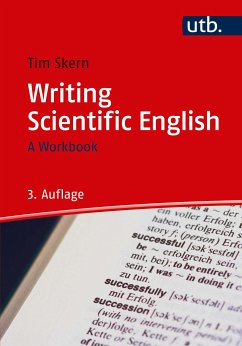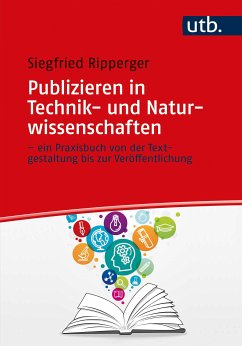
Writing Scientific English (eBook, ePUB)
A Workbook
Sofort per Download lieferbar
Statt: 20,00 €**
19,99 €
inkl. MwSt.
** Unverbindliche Preisempfehlung des Herstellers
Alle Infos zum eBook verschenkenWeitere Ausgaben:

PAYBACK Punkte
0 °P sammeln!
Success in science depends nowadays on effective communication in English. This workbook is specifically designed to give under- and post-graduates confidence in writing scientific English. Examples and exercises show how to avoid common errors and how to rephrase and improve scientific texts. The generation of a model manuscript enables the reader to recognise how scientific English is constructed and how to follow the conventions of scientific writing. Guidelines for structuring written work and vocabulary lists will encourage young scientists to develop a concise and mature style. The workb...
Success in science depends nowadays on effective communication in English. This workbook is specifically designed to give under- and post-graduates confidence in writing scientific English. Examples and exercises show how to avoid common errors and how to rephrase and improve scientific texts. The generation of a model manuscript enables the reader to recognise how scientific English is constructed and how to follow the conventions of scientific writing. Guidelines for structuring written work and vocabulary lists will encourage young scientists to develop a concise and mature style. The workbook is accessible to students of many fields, including those of the natural and technical sciences, medicine, psychology and economics.
Dieser Download kann aus rechtlichen Gründen nur mit Rechnungsadresse in A, B, BG, CY, CZ, D, DK, EW, E, FIN, F, GR, HR, H, IRL, I, LT, L, LR, M, NL, PL, P, R, S, SLO, SK ausgeliefert werden.













